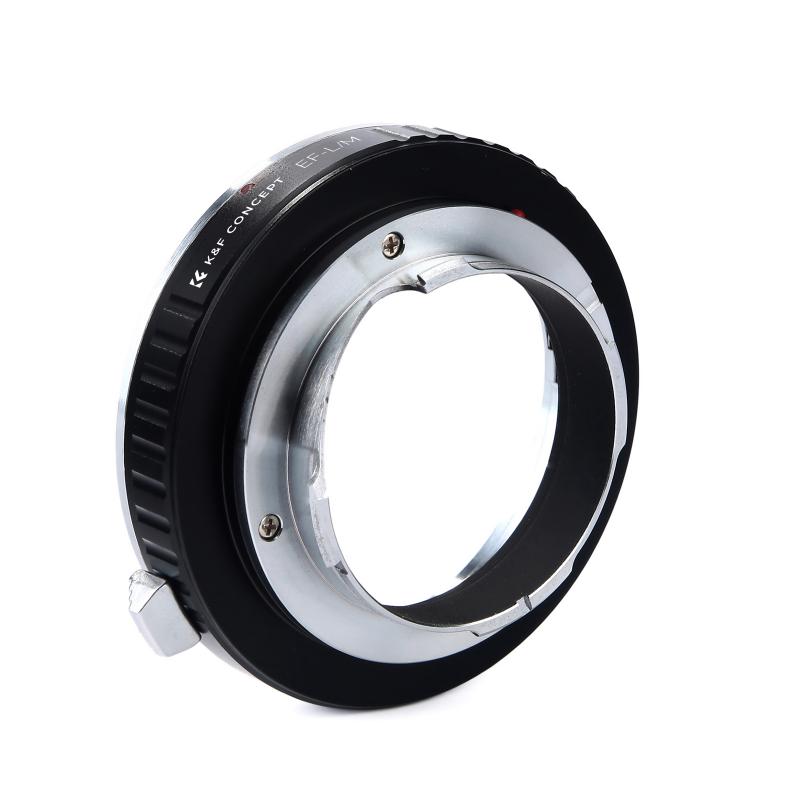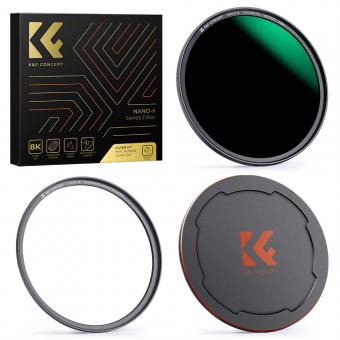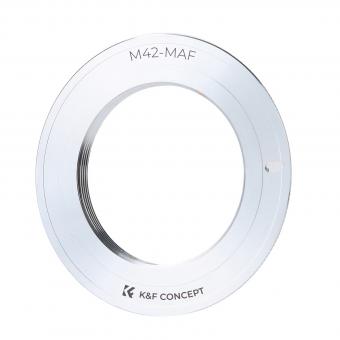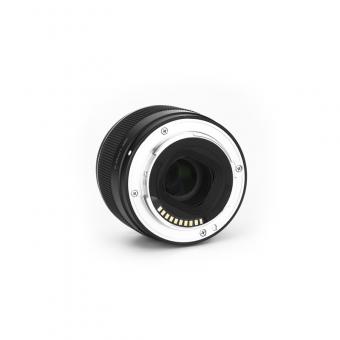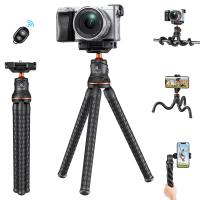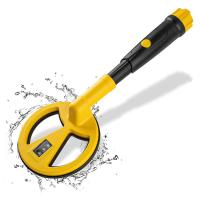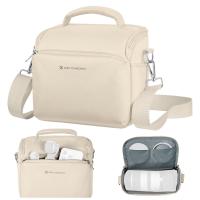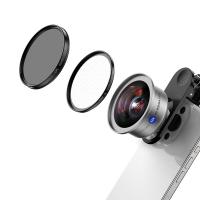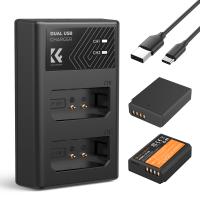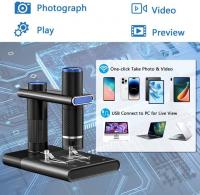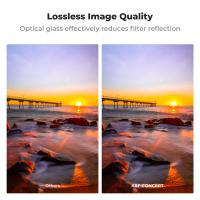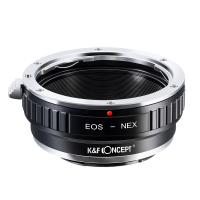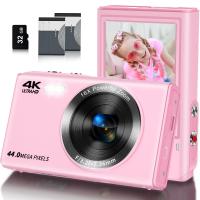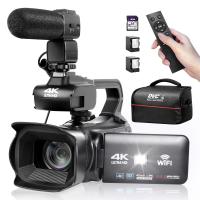How To Connect A Filter On A Camera ?
To connect a filter on a camera, first, determine the size of the filter thread on your camera lens. This information can usually be found on the front of the lens or in the lens specifications. Once you know the filter thread size, choose a filter that matches that size. Screw the filter onto the lens by aligning the threads and gently twisting it until it is securely attached. Make sure not to overtighten the filter to avoid damaging the lens or the filter itself. Once the filter is connected, you can adjust its position or settings as needed for your desired effect or purpose.
1、 Screw-on Filter Attachment
To connect a filter on a camera, one of the most common methods is using a screw-on filter attachment. This method is widely used due to its simplicity and compatibility with various camera models.
First, you need to determine the filter size that matches your camera lens. This information can usually be found on the front of the lens or in the camera's user manual. Once you know the filter size, you can purchase a filter that fits your needs, such as a UV filter for protection, a polarizing filter for reducing glare, or a neutral density filter for controlling exposure.
To attach the filter, simply screw it onto the front of the camera lens. Most filters have threads on both sides, allowing them to be easily screwed onto the lens. Make sure to align the filter correctly and tighten it securely, but be careful not to overtighten and risk damaging the lens or filter.
It's worth noting that some lenses have a rotating front element, which can cause the filter to rotate when focusing or zooming. In such cases, you may need to adjust the filter's position after each adjustment of the lens.
Additionally, advancements in camera technology have led to the introduction of filter systems that offer more flexibility and convenience. These systems use filter holders that attach to the lens and allow for the quick and easy insertion of different filters. This eliminates the need to screw and unscrew filters, making it faster and more efficient to switch between different filters.
In conclusion, connecting a filter on a camera can be done using a screw-on filter attachment. However, it's worth exploring newer filter systems that offer enhanced convenience and flexibility for photographers.
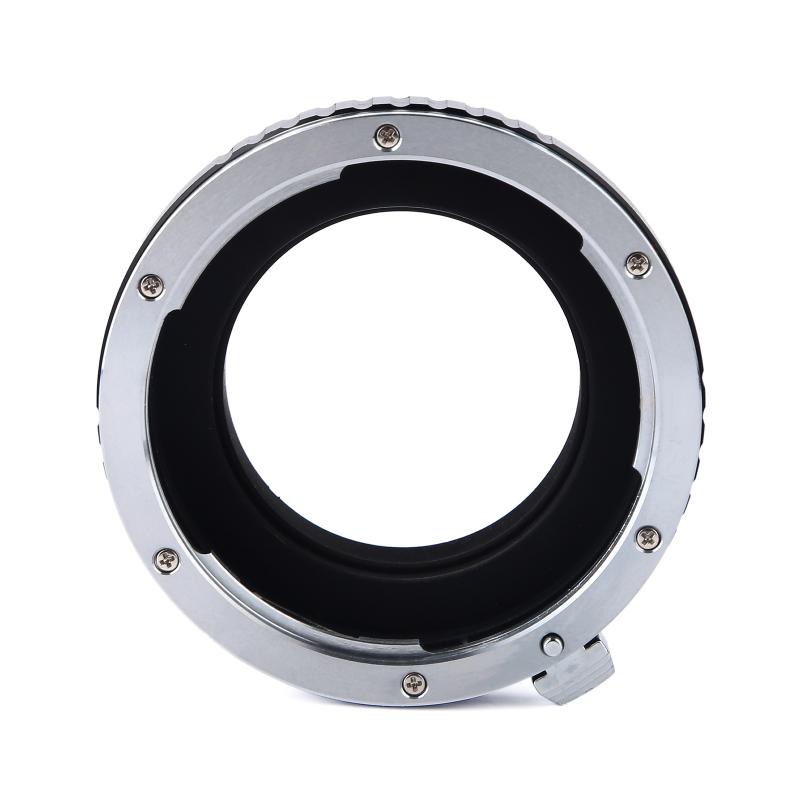
2、 Filter Holder System
To connect a filter on a camera, you will need a Filter Holder System. This system allows you to attach different types of filters to your camera lens, enhancing your photography by controlling light, reducing glare, or adding creative effects. Here's a step-by-step guide on how to connect a filter using a Filter Holder System:
1. Choose the right Filter Holder System: There are various types of Filter Holder Systems available in the market, so make sure to select one that is compatible with your camera lens diameter.
2. Attach the adapter ring: The Filter Holder System typically consists of an adapter ring that screws onto the front of your camera lens. Ensure that the adapter ring matches the diameter of your lens. Screw it on firmly but not too tight.
3. Slide the filter holder onto the adapter ring: The filter holder is designed to slide onto the adapter ring. Align the notches on the holder with the corresponding grooves on the adapter ring and slide it in place. It should fit securely.
4. Insert the filter: Once the filter holder is attached, you can insert the desired filter into the holder. Filters come in various sizes and types, such as neutral density, polarizing, or graduated filters. Choose the appropriate filter for your needs and slide it into the designated slot on the holder.
5. Adjust and secure: Once the filter is in place, you can adjust its position within the holder to achieve the desired effect. Some filter holders allow for rotation or sliding adjustments. Once you are satisfied with the positioning, secure the filter holder in place using any locking mechanisms provided.
It's important to note that the specific steps may vary depending on the brand and model of the Filter Holder System you are using. Always refer to the manufacturer's instructions for detailed guidance.
In recent years, Filter Holder Systems have become increasingly popular among photographers due to their versatility and convenience. They allow for quick and easy filter changes, enabling photographers to experiment with different effects without the need to screw filters directly onto the lens. Additionally, Filter Holder Systems often provide better compatibility with wide-angle lenses, as they minimize the risk of vignetting.
Overall, connecting a filter on a camera using a Filter Holder System is a straightforward process that can greatly enhance your photography by providing greater control over light and creative effects.
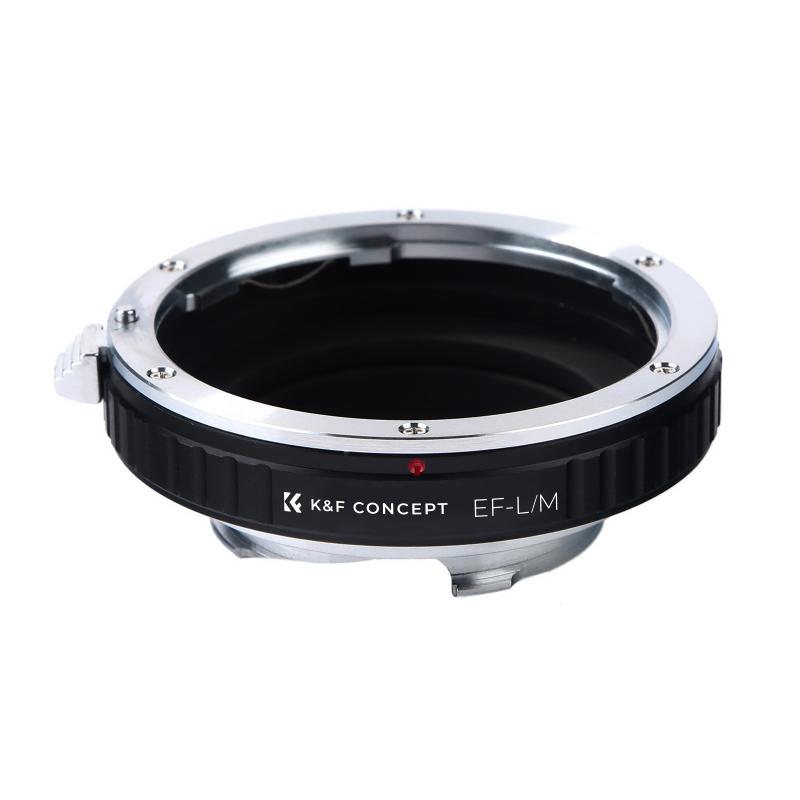
3、 Step-up/Step-down Rings
To connect a filter on a camera, one commonly used method is by using step-up or step-down rings. These rings allow you to attach filters of different sizes to your camera lens, ensuring compatibility between the two.
Step-up rings are used when you have a filter with a smaller diameter than your lens. These rings have a larger thread size on one end and a smaller thread size on the other. To connect the filter, you simply screw the step-up ring onto your lens, and then attach the filter onto the larger thread of the ring. This allows the filter to fit securely on your lens.
On the other hand, step-down rings are used when you have a filter with a larger diameter than your lens. These rings have a smaller thread size on one end and a larger thread size on the other. You attach the step-down ring onto your lens, and then attach the filter onto the smaller thread of the ring. This enables the filter to fit properly on your lens.
Using step-up or step-down rings provides a cost-effective solution for photographers who have multiple lenses with different filter sizes. Instead of purchasing separate filters for each lens, you can simply buy filters with a common size and use the appropriate ring to connect them to your lenses.
It is important to note that while step-up and step-down rings are convenient, they may introduce additional vignetting or image quality issues, especially if the filter size is significantly different from the lens diameter. Therefore, it is recommended to use rings that have a minimal size difference to minimize any potential negative impact on image quality.
In conclusion, step-up and step-down rings are a practical and economical way to connect filters on a camera. They provide compatibility between different filter and lens sizes, allowing photographers to use a single set of filters across multiple lenses. However, it is essential to consider the potential impact on image quality when using these rings.

4、 Bayonet Mount Filters
To connect a filter on a camera with a bayonet mount, follow these steps:
1. Identify the filter thread size: Look for the symbol "ø" followed by a number on the front of your camera lens. This number represents the filter thread size in millimeters. Make sure to purchase a filter with the same thread size.
2. Remove the lens cap: Take off the lens cap from your camera lens to expose the filter thread.
3. Align the filter: Hold the filter in front of the lens, aligning the threads of the filter with those on the lens.
4. Rotate the filter: Once aligned, gently rotate the filter clockwise until it locks into place. The bayonet mount will secure the filter firmly onto the lens.
5. Test the connection: Give the filter a slight tug to ensure it is securely attached. It should not come off easily.
Bayonet mount filters offer several advantages over screw-on filters. They are quicker and easier to attach and detach, allowing for faster filter changes in the field. Additionally, bayonet mount filters often have a more secure connection, reducing the risk of accidental detachment.
It is important to note that not all cameras have a bayonet mount system. Some cameras may use a different filter attachment method, such as a screw-on or slide-in system. Therefore, it is crucial to check your camera's manual or consult with the manufacturer to determine the appropriate filter attachment method for your specific camera model.
